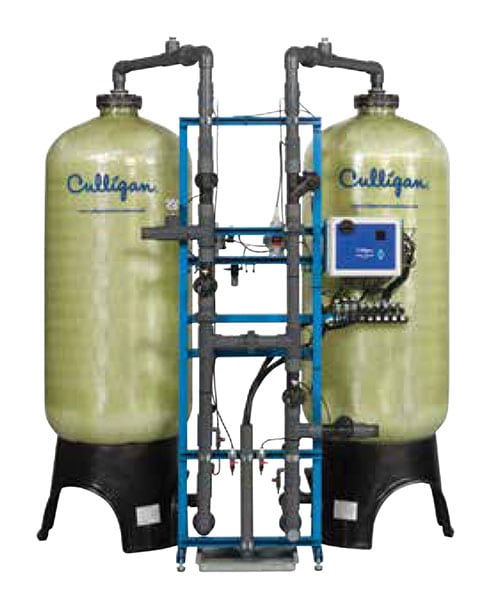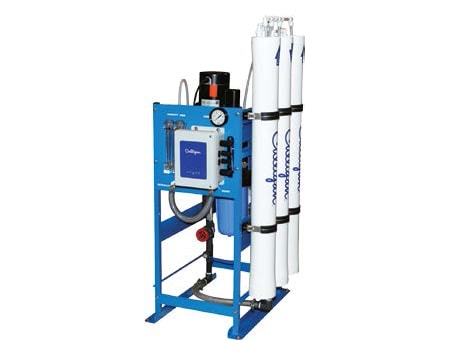The Differences Between Coagulation and Flocculation in Water Treatment
Leave a CommentCoagulation and flocculation are two methods used to increase particle size and enhance filtration efficiency. Regardless of the size of the system, coagulation and flocculation are typically the initial steps in water and wastewater treatment. At their most basic, coagulation and flocculation involve the process of adding positively charged chemicals to the water. These chemicals […]
Tags: Coagulation, Flocculation

What is the Best Water Purification System?
Leave a CommentThe water purification process removes harmful contaminants and unwanted material from a source of water. Contaminants may include hazardous chemical agents, organic and inorganic compounds, metals, mineral deposits, and organisms like parasites, bacteria, and fungi. Water purification aims to remove as much foreign material from the water source as possible, making it suitable for human […]

Deionized Water System vs Reverse Osmosis: Which is Best For Your Application?
Leave a CommentThere are many different filtration systems for water, two of the most common being reverse osmosis and deionization. While they are both effective in substantial ways, several misconceptions surround both of these processes. Here, the team at Reynolds Culligan clarifies how these systems work and answers frequently asked questions we receive about them to ensure you […]
Tags: deionization, reverse osmosis
A Culligan Water Softener can often Pay for itself by Preventing these Problems…
Comments Off on A Culligan Water Softener can often Pay for itself by Preventing these Problems…Do you have any of these water problems?
Comments Off on Do you have any of these water problems?Reverse Osmosis Water Removes Many Common Contaminants
Comments Off on Reverse Osmosis Water Removes Many Common ContaminantsAnd a Culligan Reverse Osmosis Drinking Water System provides you and your family bottled-quality water right at your kitchen sink. You’ll use this water for so much more than just drinking! Reverse Osmosis Water is Great to Use For: Crystal-Clear Ice Cubes Boiling Water for Cooking Rinsing Fruits and Vegetables Watering Plants For Your Dogs, […]
